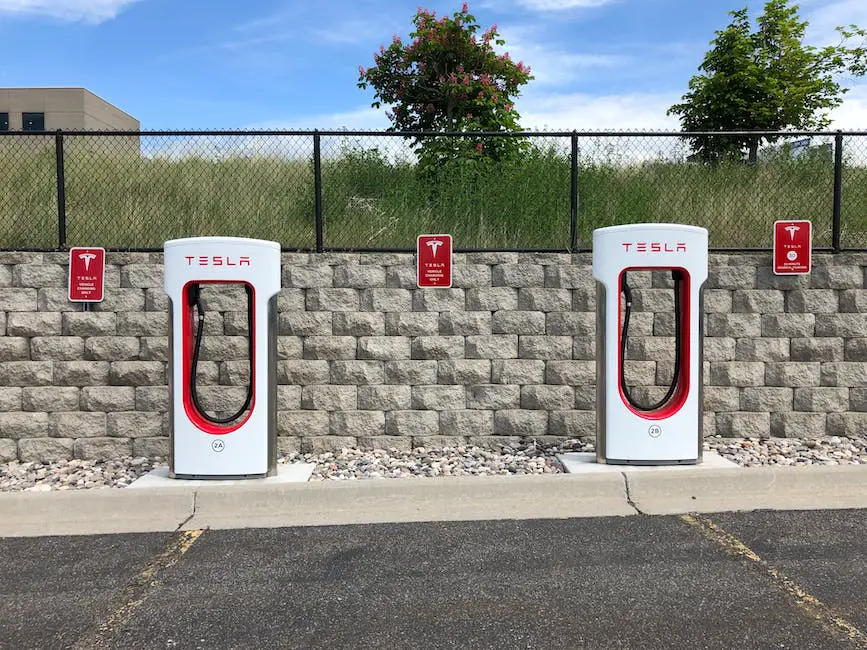Regenerative braking is a fascinating blend of innovation and practicality, seamlessly integrating into the world of electric and hybrid vehicles as well as electric skateboards. It represents a forward-thinking approach to energy efficiency, marrying the need for sustainable transportation solutions with cutting-edge technology. This article will explore the intricacies of regenerative braking, demonstrating its significance in enhancing vehicle efficiency, extending range, and contributing to an eco-friendly future.
Understanding Regenerative Braking
What is Regenerative Braking and How Does It Work?
Regenerative braking is a technology used in electric and hybrid vehicles that captures the car’s kinetic energy, which is usually lost during braking, and converts it into electrical energy. This energy is then stored in the vehicle’s battery, extending its range and improving efficiency. We’ll break down how this innovative system works, step by step.
When the driver of a vehicle presses the brake pedal, instead of using traditional brake pads to create friction (and thus stopping power), the vehicle’s electric motor runs in reverse. This process turns the motor into an electric generator.
The act of reversing the motor’s direction during braking causes it to resist the car’s rotation, slowing down the wheels. As the wheels slow, the motor’s generator function captures the kinetic energy from the vehicle’s motion and converts it into electrical energy. This conversion happens because the resistance generated by the motor forces the electrons to move through the motor’s circuits, creating electrical current.
This electrical energy is then directed to the vehicle’s battery pack, where it is stored for future use. It can power the vehicle’s electrical systems or help in propulsion when the car accelerates again. This cycle of capturing and reusing energy makes regenerative braking a cornerstone technology for increasing the efficiency of electric and hybrid vehicles.
An essential component of regenerative braking systems is the regenerative braking controller. This device regulates how much energy is captured during braking and ensures that the energy conversion is efficient and that the battery is not overcharged.
Regenerative braking systems are more effective at certain speeds. In general, these systems capture more energy during slow, steady stops than during abrupt or quick stops. This characteristic makes them particularly advantageous in city driving, where stop-and-go traffic is common.
In summary, regenerative braking transforms a vehicle’s kinetic energy into electrical energy, which is then stored and reused, contributing to the vehicle’s efficiency and the conservation of energy. It showcases how modern technology can enhance sustainability in transportation.

Benefits of Regenerative Braking
Continuing with our comprehensive look into regenerative braking for electric skateboards, it’s crucial to address how this technology impacts both the ride quality and the long-term sustainability of the skateboard. Here, we dive deeper into the nuances that make regenerative braking not just a technical milestone but a practical feature for daily use.
Extended Range
One of the most immediate benefits of regenerative braking is the extension of the skateboard’s range. By reclaiming energy that would otherwise be lost as heat during braking, riders can enjoy longer sessions between charges. This is particularly beneficial for those who use their electric skateboards for commuting or long leisure rides, providing a sense of security that they can go that extra mile without the worry of a drained battery.
Reduced Wear and Tear
Another significant advantage comes in the form of reduced wear on the skateboard’s physical brake system. Since the mechanism of slowing down the board primarily relies on the motor and electronic systems to recapture energy, the physical brakes (if your model has them) experience less friction and degradation. This translates into lower maintenance costs and a longer lifespan for the braking components, ensuring that your ride remains safe and responsive over time.
Environmentally Friendly
Regenerative braking reinforces the eco-friendly credentials of electric skateboards. By enhancing efficiency and reducing the need for frequent recharging, it contributes to lower electricity consumption. This is particularly important as the world shifts towards more sustainable forms of energy. Riders, thus, aren’t just part of a modern transportation solution but also contribute to reducing carbon footprints, aligning with broader environmental goals.
Smooth Riding Experience
The integration of regenerative braking introduces a smoother deceleration curve. Unlike traditional braking systems which can cause abrupt stops or require physical effort to engage effectively, regenerative braking on electric skateboards can be finely tuned for a more controlled slowdown. This not only makes for a more enjoyable ride but enhances safety by giving riders precise control over their speed and stopping distance.
Final Thoughts
In conclusion, regenerative braking stands as a cornerstone technology in the advancement of electric skateboards. Its importance cannot be overstated — from extending the life of the skateboard and its range to contributing to a greener planet, and offering a superior riding experience. As technology evolves, we can anticipate even greater efficiencies and innovations in regenerative braking systems, further cementing their role in the future of personal electric transportation.

Integrating Regenerative Braking with Riding Techniques
Maximizing Regenerative Braking Efficiency: A Guide for Riders
Regenerative braking turns the tables on traditional vehicle braking, offering a way not just to stop but to recapture energy. While the basics lay the groundwork, optimizing this technology propels its benefits further. Here’s how riders can squeeze the most out of regenerative braking efficiency.
- Master Gradual Braking: Abrupt stops don’t favor regenerative braking. Instead, aim for a gradual deceleration. This method allows the system more time to convert kinetic energy into usable electrical energy, enhancing battery recharge rates. Think of it as easing into a parking spot rather than rushing in.
- Plan for Downhill Regeneration: Hills are a regenerative braking goldmine. Anticipate declines and allow the vehicle to slow naturally, maximizing energy recovery. It’s akin to collecting rainwater during a downpour – let gravity do the work, and harness that potential energy effectively.
- Maintain Optimal Speeds: High speeds limit regenerative braking’s effectiveness, as most systems recover more energy at moderate to low velocities. Whenever possible, stick to speed bands that balance your need for speed with optimal energy recovery. It’s about finding that sweet spot where efficiency meets necessity.
- Keep Your Vehicle Well-Maintained: A well-oiled machine, quite literally, enhances regenerative braking efficiency. Regular check-ups, ensuring tires are properly inflated, and maintaining the health of the electrical system, contribute to maximizing energy recovery. A smoothly running vehicle reduces unnecessary energy drain, allowing the regenerative braking system to perform at its peak.
- Use One-Pedal Driving, If Available: Some electric vehicles feature one-pedal driving modes that accentuate regenerative braking. Engaging this mode allows drivers to control both acceleration and deceleration with a single pedal, fine-tuning the regenerative process. It not only simplifies driving but turns energy recovery into a more intuitive process.
- Stay Informed of Your Vehicle’s Capabilities: Understand the specific regenerative braking features your vehicle offers. Manufacturers may provide different settings or modes that affect how and when energy is recovered. Familiarize yourself with these options to tailor your driving habits for optimal energy recuperation.
- Practice Anticipatory Driving: Being aware of traffic flow and potential stops enables riders to adjust their driving approach, leveraging regenerative braking more effectively. It means easing off the accelerator early when approaching a red light or traffic congestion, rather than waiting for the last moment to brake.
By integrating these strategies into your daily driving routine, not only will you enhance your vehicle’s regenerative braking efficiency, but you’ll also contribute to longer battery life, reduced energy consumption, and an overall greener footprint. Each adjustment, while seemingly small on its own, collectively propels the journey towards sustainable mobility.

As we’ve explored the intricacies of regenerative braking, it’s clear that this technology is more than just a means to an end. It is a pivotal feature in the evolution of sustainable transportation, offering a smarter way to conserve energy and reduce wear, all while providing a smoother riding experience. By understanding and utilizing regenerative braking to its fullest potential, we not only embrace a more efficient mode of transport but also take a significant step towards a greener, more sustainable future. This technology stands as a testament to human ingenuity, enabling us to look forward with optimism to advancements yet to come in the realm of personal and public transportation.

